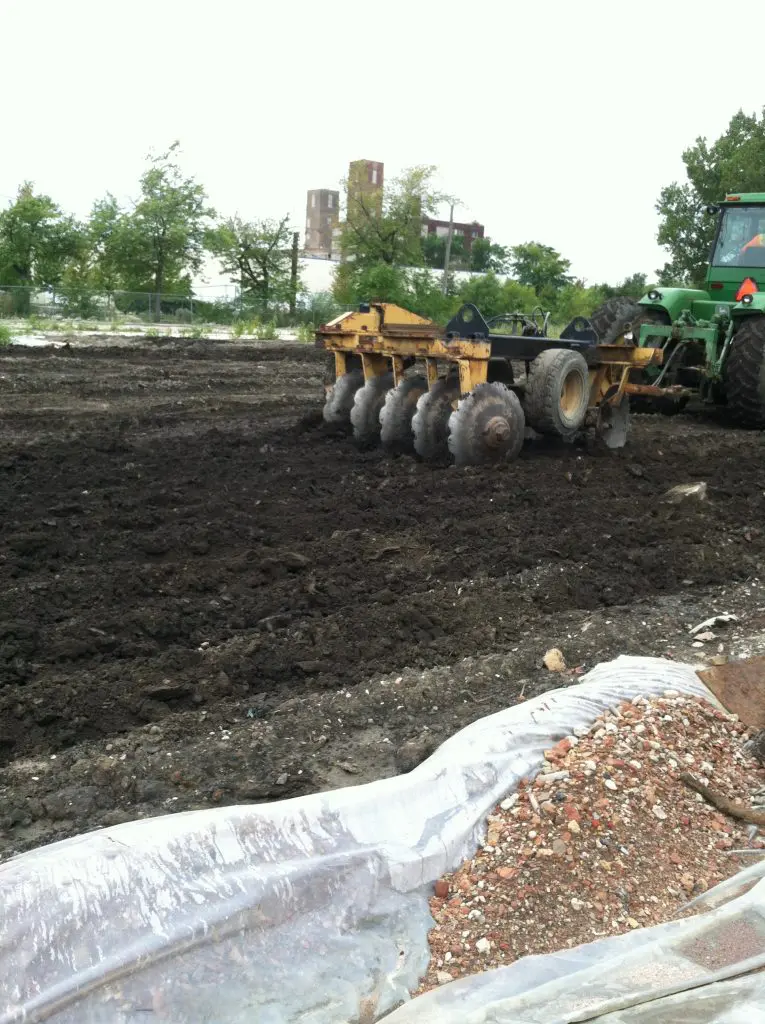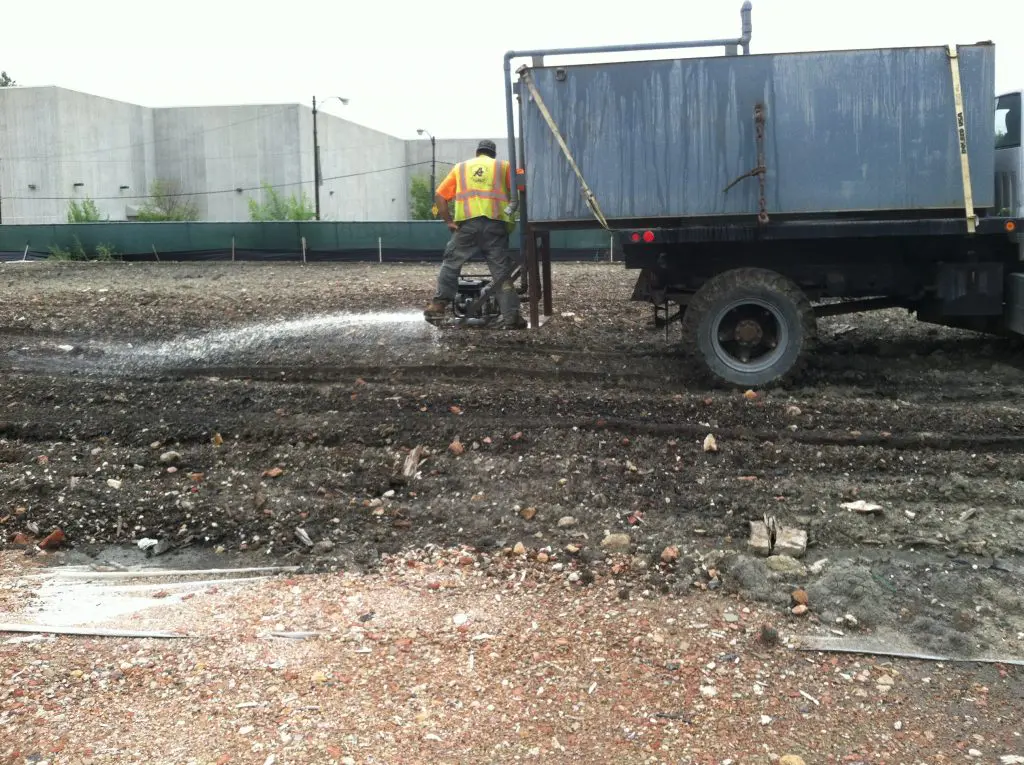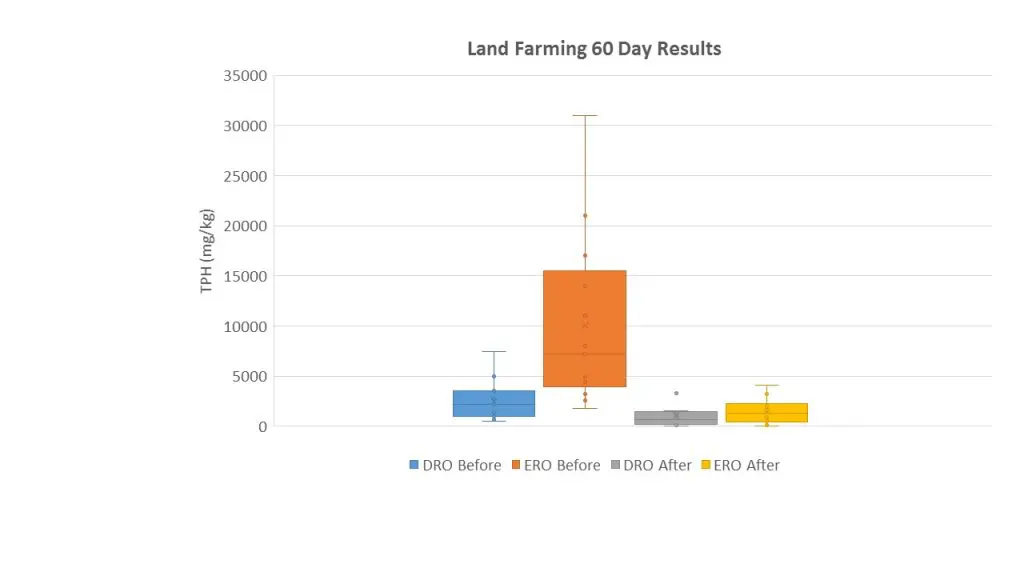Improving Long-Term Bioremediation Results with Nutrients
Adding Nutrients Increases Long-Term Population and Bioremediation Results
The goal of bioaugmentation is to improve the rate of contaminant removal by adding a high population of beneficial microbes to the contaminated media. The additional microbes should provide short-term benefit as the microbes begin metabolizing the contaminants immediately upon injection. But what benefit does bioaugmentation provide in the long term? And how much benefit does bioaugmentation provide over biostimulation by adding nutrients to the native organisms?
A client of CL Solutions completed a bench-scale study to answer these questions. A bench-scale study was preferred to a field study because it removes the potential distribution and time-lag issues associated with the distances between injection and monitoring locations in the field.
Samples of petroleum-contaminated soils were obtained and separated into split samples for treatment with microbes and nutrients. Some were untreated for comparison. Samples were tested for petroleum concentrations, including C-fraction concentrations after 30, 40 and 60 days. Heterotrophic populations were measured at 40 and 60 days.
The tests showed the following results in the early stages:
- All of the treated samples showed more than 80% total petroleum reduction in the first 30 days.
- The sample treated with nutrients only had the same level of petroleum removal as the bioaugmented samples in the first 30 days.
- The heterotrophic population of the biostimulated sample was as high as in the bioaugmented samples at 40 days.
After 30 days the situation changed.
- The bioaugmented microbial population continued to increase after 40 days and may have increased by a factor of 100 times. Meanwhile, the biostimulated population appeared to stall.
- The petroleum removal continued in the bioaugmented samples and reached as high as 93% removal. In comparison the biostimulated sample stalled at 82% removal.
- The difference appears to be that the bioaugmented samples removed the C-21 to C-35 concentrations at a much higher rate than the biostimulated sample.
- Phenanthrene was target chemical for bioremediation. The biostimulated sample showed 39% removal while the bioaugmented samples showed complete removal to BDL.
Overall, the superior performance of the bioaugmented samples appears to be related to having a greater metabolic range that removed the heavier hydrocarbon fractions. Microbes with the extended metabolic range could continue to multiply as they grew on the heavy hydrocarbon fraction. The results are consistent with field results showing the recalcitrance of heavier hydrocarbon fractions and compounds like naphthalene and phenanthrene under natural attenuation.
Contact CL Solutions for more information and insights.






